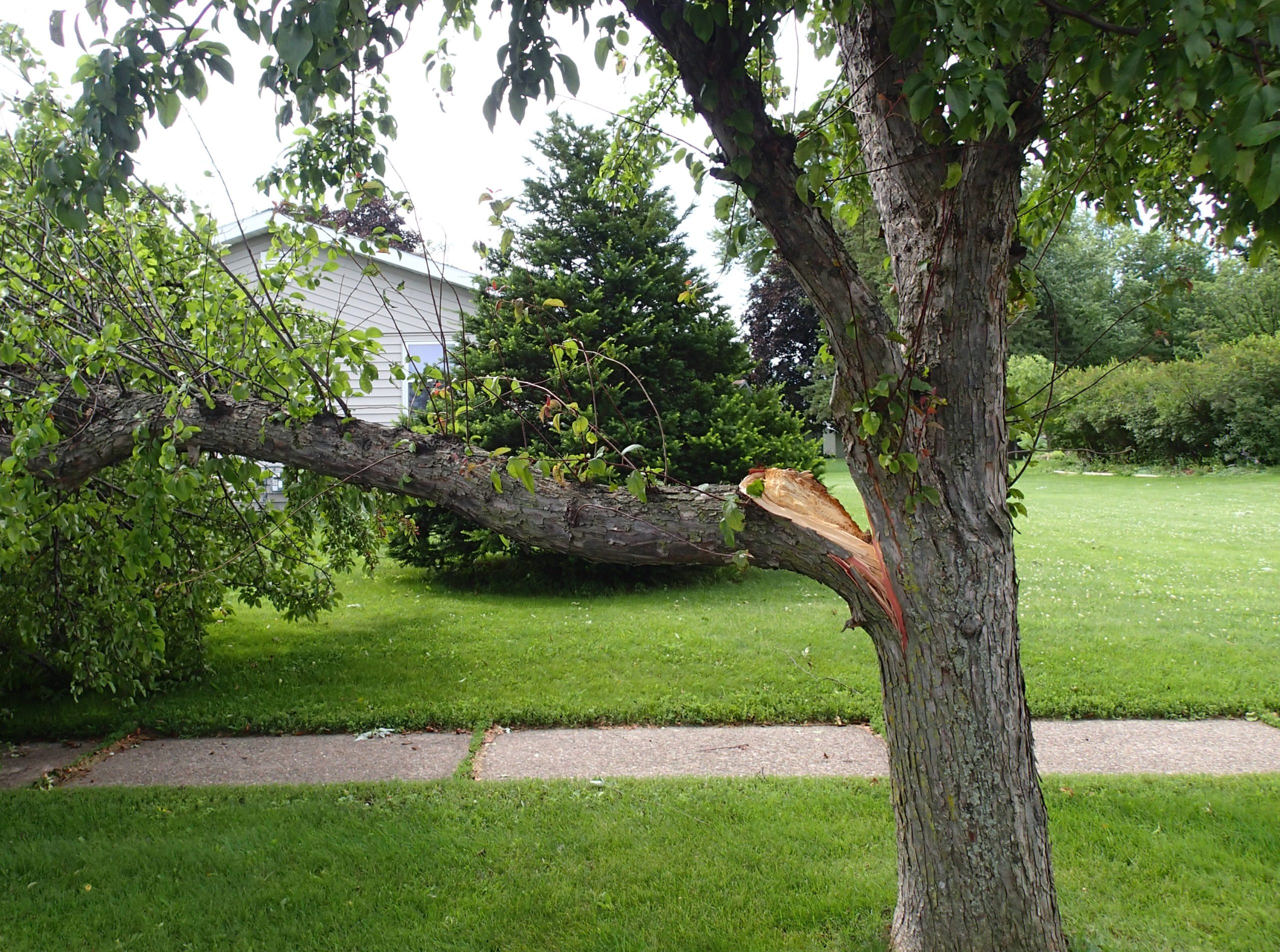K-State expert says not all trees should be salvaged
Recent storms across the Midwest left many homeowners with damaged trees from heavy wind and rain. Kansas State University horticulture expert Cynthia Domenghini shares tips to manage storm-damaged trees:
Not all trees should be salvaged. Trees with bark that has split and exposed the cambium or those where the main trunk has split are not likely to survive.
“Trees with so many broken limbs that the structure is altered may best be replaced,” Domenghini said. “Though these trees may produce new growth, they are under such extreme stress they are much more susceptible to diseases/pests and can be dangerous due to increased risk for further breaks.”
Prune broken branches to the next large branch or the trunk. Domenghini cautions against cutting branches flush with the trunk, cut to the collar area where the branch attaches to the trunk.
“Cutting flush to the trunk creates a larger wound that takes longer to heal,” Domenghini said.
Cut back large limbs progressively. The first cut should be made on the underside of the branch about 15 inches away from the trunk. Cut about one-third of the way through the limb.
The second cut should be made on top of the branch but about two inches further away from the trunk, creating an angle when joined with the first cut. This will cause the branch to break away.
The third cut should be made at the collar to remove the resulting stub.
Domenghini and her colleagues in K-State’s Department of Horticulture and Natural Resources produce a weekly Horticulture Newsletter with tips for maintaining home landscapes and gardens. The newsletter is available to view online or can be delivered by email each week.
Interested persons can also send their garden and yard-related questions to Domenghini at [email protected], or contact your local K-State Research and Extension office.




